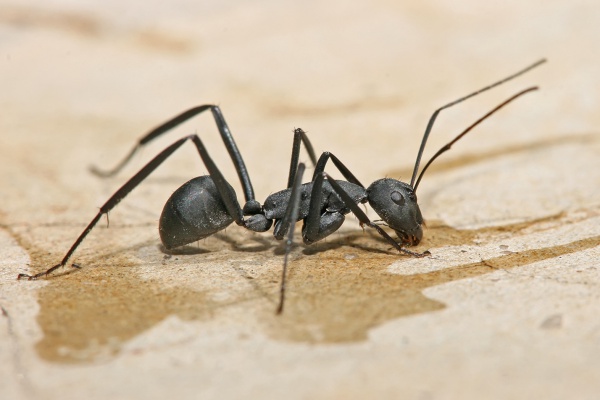Facts About Carpenter ant
Carpenter ants are some of the largest ants you will encounter, inhabiting forests worldwide. Unlike termites, they do not consume wood; rather, they excavate it to build their nests, leaving behind characteristic piles of sawdust-like debris. While they can inflict significant damage on buildings, they also play an essential role in the decomposition of dead trees in forests. In the United States, the black carpenter ant is the most renowned species.
These ants exhibit a diverse diet, preying on dead insects and seeking out sweet substances such as honeydew from aphids. They utilize pheromones to communicate and direct their colony members to food sources. Although they do not ingest wood, they bore into it to construct their elaborate tunnel systems. Carpenter ants maintain symbiotic relationships with bacteria like Blochmannia and Wolbachia, which aid in their survival.
Carpenter ants prefer moist, decaying wood, whether in a forest or a damp section of a home. They create intricate underground tunnels that lead to aphid colonies and other food sources. Their colonies comprise a primary nest, known as the parent colony, and several satellite nests. Additionally, these ants engage in nuptial flights, during which they mate and establish new colonies.
Socially, carpenter ants are intriguing. They recognize and care for their kin, communicate via pheromones, and even have mechanisms to enhance their colony's immunity against diseases. Most colonies have multiple queens, making them polygynous. Certain carpenter ant species possess unique defense mechanisms, such as the ability to explode and release sticky substances to ward off predators.
Carpenter ants can be found in various species across the globe, each with distinct characteristics and habitats. While they can be pests by damaging wooden structures, they are also consumed as food in some cultures. If you face a carpenter ant infestation, insecticides are commonly employed for control.

 Germany
Germany